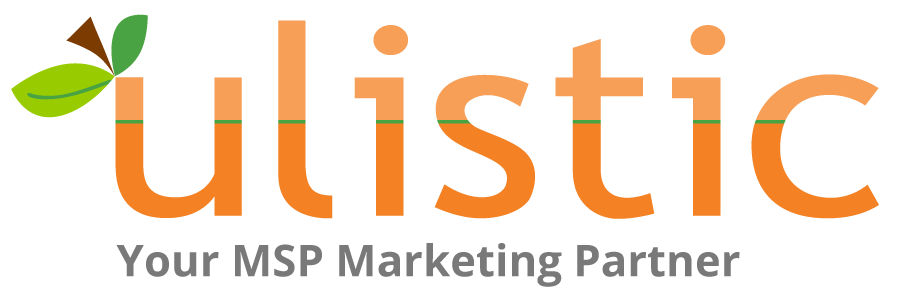Most Managed IT Service Marketing Firms Overlook ALT Text In Your SEO Strategy
When you're adding photos to your website, are you editing each image's alt text? If you aren't, you're missing a great opportunity to improve your website's SEO results. Alt text is included so that people with visual disabilities are able to understand what the image shows, making it an ADA requirement, but it also provides a great place to improve your search engine rankings. Here's a quick look at why alt text matters, how to change the alt text on your images and how it can improve your search engine rankings.
MSP SEO Tip: Alt Text Matters
What is Alt Text and Why Does It Matter?
lt text is the information that is added to an image's digital file to make it handicapped-accessible, providing information on what is in the image so that users who are visually impaired can understand everything that is on the page. It can be entered at a number of different times during the creation process, such as when the image is initially edited, when it's added to a text document or when it's uploaded to a webpage or social media profile. Unfortunately, a lot of web designers ignore or do not understand the value of alt text and the impact it can have on your SEO results.
Generally speaking, web designers can be broken up into two categories: designers, who have a solid grasp of the technical expertise needed to create a website, and marketers, who understand how websites work in terms of your marketing efforts. A web designer can create an amazing website, but it may never get picked up by the search engines and get visitors to your site. That's where a web marketer makes the difference. A web marketer can create or optimize a website to ensure that companies are getting the best possible search results and the most traffic to their website using a range of SEO techniques, including filling in photo titles and alt text to help drive that traffic.
As an example, a web marketer will look at a specific image, then look for optimization strategies, such as making sure that the image has the appropriate alt text, titles and descriptions added to it. Once that information is in place, the web designer can then add the image to the website, where it will be indexed by Google, helping to improve the site's search engine result rankings.
However, when doing so it's important to remember the other reason why alt text was introduced, for compliance with the Americans with Disabilities Act (ADA). When someone with a visual impairment is visiting a website, they can't see the pictures, so adding a solid description of the image into the alt text allows them to have a more complete understanding of what's on the page. APA compliance mandates that this information is available on your website, so make sure that you have it available.
How Do You Change Alt Text for SEO?
In most documents or webpage editors, you're able to access the information for an image, including its metadata, title, description, and alt text. This information can be quickly and easily edited to improve your website's SEO through image search. However, the process starts before that point in image creation and naming.
Let's look at an MSP that is trying to push its digital transformation strategy services using the keyword. They may have created a fabulous infographic that has information on the process. To start, they'll name the image something that includes the key phrase "digital transformation strategy". Once in WordPress, they go to their landing page from their dashboard, select the image block to open the settings, then add the alt text as well as any other details that they feel are pertinent to the image. The alt text should include any specific keywords that they're working for the page, but without keyword stuffing, which can lower their results. Not only does Google pick up on the keywords within the page during a search, but it also picks up on keywords in the alt text when someone does a search for a digital transformation strategy.
Does It Really Matter If I Update My Alt Text?
Many people aren't aware, but Google Images is the world's second-largest search engine, drawing 20.45% of all search engine traffic. Because Google Images bases its search results on alt text, having the right information not only gets people to see your images but helps drive more traffic to your website. As an example, when people are searching for an infographic explaining the importance of a solid digital transformation strategy, they could stumble upon your image - if you have the correct alt text in place.
Once they see your image, they click on it and end up at your landing page where you're talking about your experience and expertise in creating digital transformation strategies and helping your clients implement them. You could even have a case study available for them to look at where you improved your customer's labor costs by 30% by setting up a streamlined workflow and similar digital transformation strategies. The viewer now not only understands the value of a solid strategy but also has a company in front of them that can deliver strong results. That can quickly turn the prospect into a client.
By taking a minute or two with each image to add alt text that helps drive your SEO strategy, your business can gain amazing results and income. If your business needs great results from your MSP marketing, the experienced professionals at Ulistic are ready to help. Because our focus is strictly on MSP and IT marketing, you know that we already understand your business, including its pain points and processes. That means that we're already in a great position to help you drive more traffic to your website and your business. If you're ready to take your company to the next level, please feel free to reach out to Ulistic today through our website or by calling 863-451-3088.



